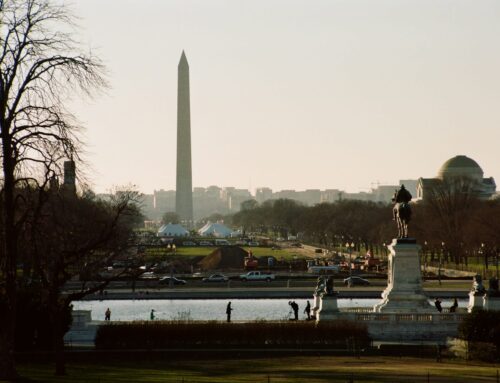Federal taxpayers own roughly one-third of all coal in this country. Unfortunately, the federal government’s management of the federal coal program has not served taxpayers well. Next week, the Department of the Interior begins what it refers to as “listening sessions” to hear from the public about ways it can improve the federal coal program. This is a good opportunity for Interior to fix some of the long-standing problems I have written about in this space before.
Congress designated coal as a leased commodity in the Mineral Leasing Act of 1920. Coal leases on federal lands started growing rapidly until 1971, when the Department of the Interior had to declare its first moratorium on new leases because it realized speculators were gaming the system. Congress stepped in with several pieces of legislation that ultimately created the Federal Coal Management Program in 1979.
Three years later, concerns that its appraisal and sale procedures failed to assure the public was receiving a fair return (including allegations of criminal disclosure of appraisal information) led tomultiple investigations and further changes to the program. Interior changed the leasing system again in 1990, creating the current system where companies draw the tracts of land they want to lease prior to Interior holding an auction on that company-defined lease tract. In the Powder River Basin, where most federal coal is mined, this system is, not surprisingly, characterized by sales that are “auctions” in name only, as most have only a single bidder. Little if any competition is not exactly the hallmark of a well-functioning market.
Moreover, today’s marketplace for federal coal looks nothing like it did in the 1990s. For a variety of reasons, renewables and natural gas have replaced coal for baseload power generation, forcing coal companies to look abroad in the developing economies of Asia. Moving huge quantities of coal from remote parts of the Powder River Basin to distant markets has changed the structure of the coal industry and the market. While this trend has been evident for years, the system of determining the sale value of federal coal in order to calculate a royalty hasn’t changed in 25 years. The royalty rate coal companies pay on federal coal (12.5 percent) hasn’t changed since 1920, and it is nowconsiderably less than what most states currently charge for development of other natural resources on state lands. Even the practice of “self-bonding” (which means companies don’t have to buy clean-up insurance) has increased the likelihood of huge abandoned mines if a large coal company goes belly-up. The list of problems with the federal coal program goes on and on.
Interior has a fiduciary responsibility to taxpayers to manage our collective assets in a way that ensures a fair return for their development. To this day, both Congress and Interior have struggled to design a coal program that does this. I plan to be at some of the listening sessions in the coming weeks to remind officials at Interior of this responsibility and the record so far. The federal coal program has been a basket case for too long, and it is time for Interior and Congress to take seriously this responsibility and help facilitate a functioning coal market that doesn’t continue to shortchange taxpayers. I hope the upcoming listening sessions lead to concrete changes that protect taxpayers now and in to the future.












Get Social